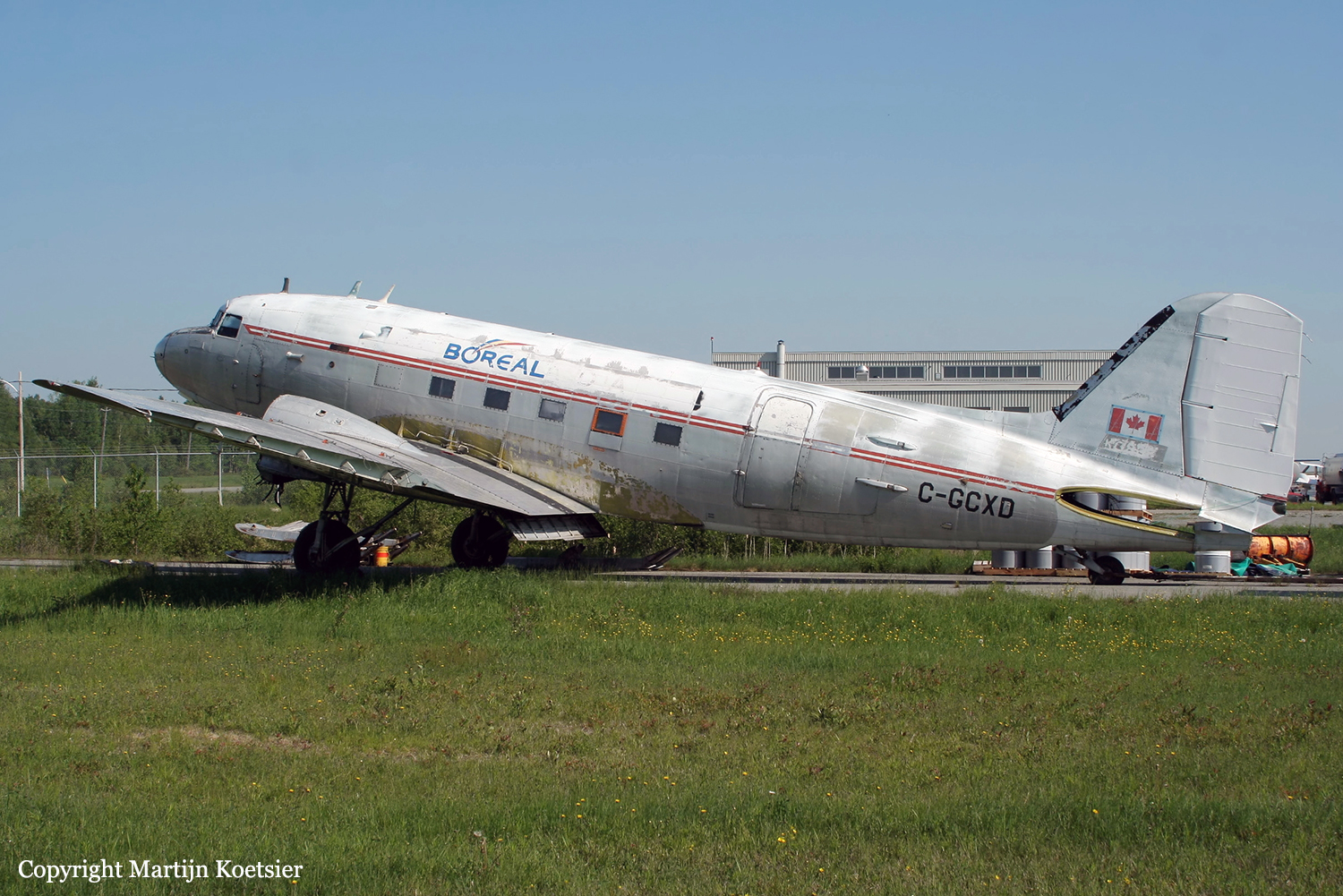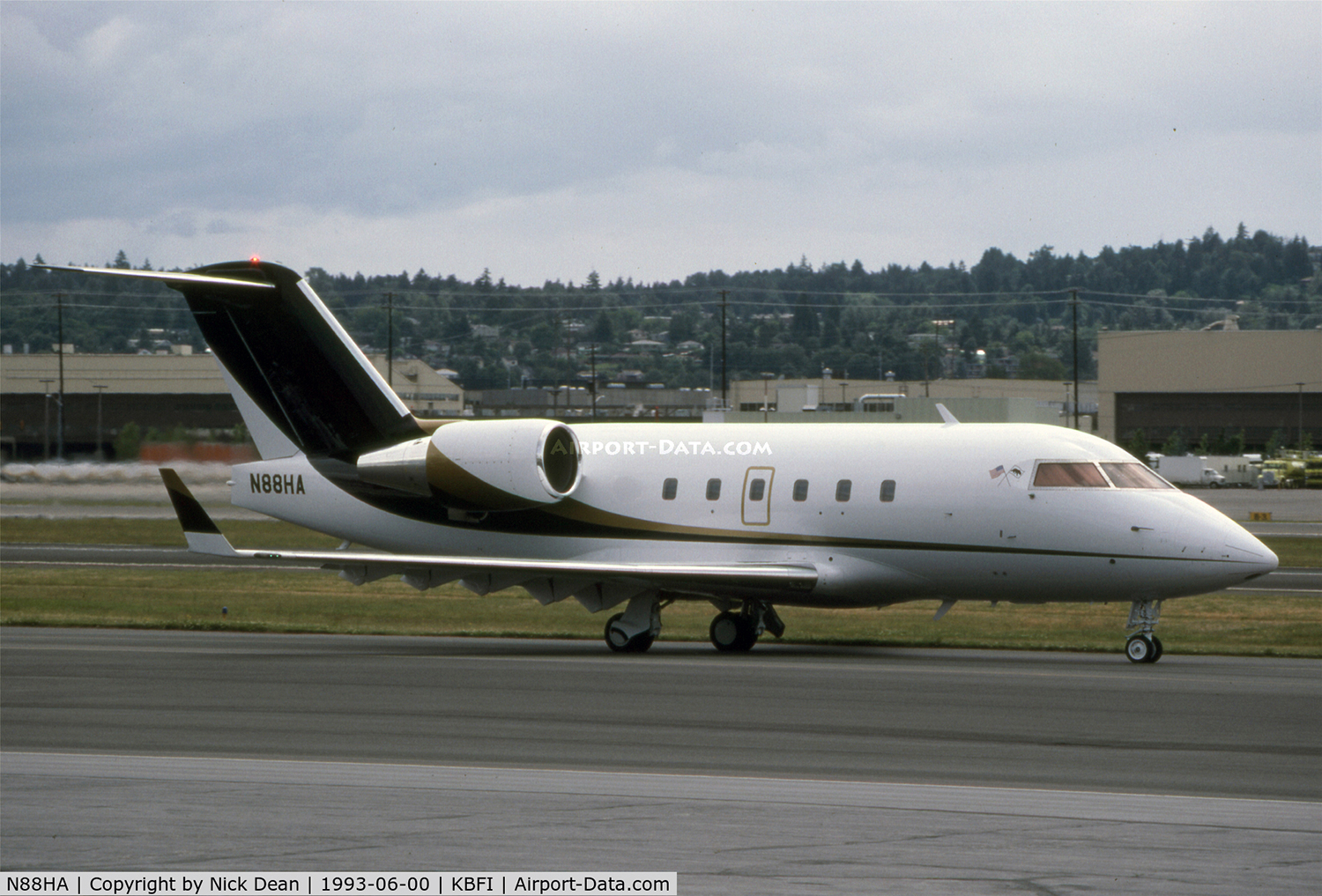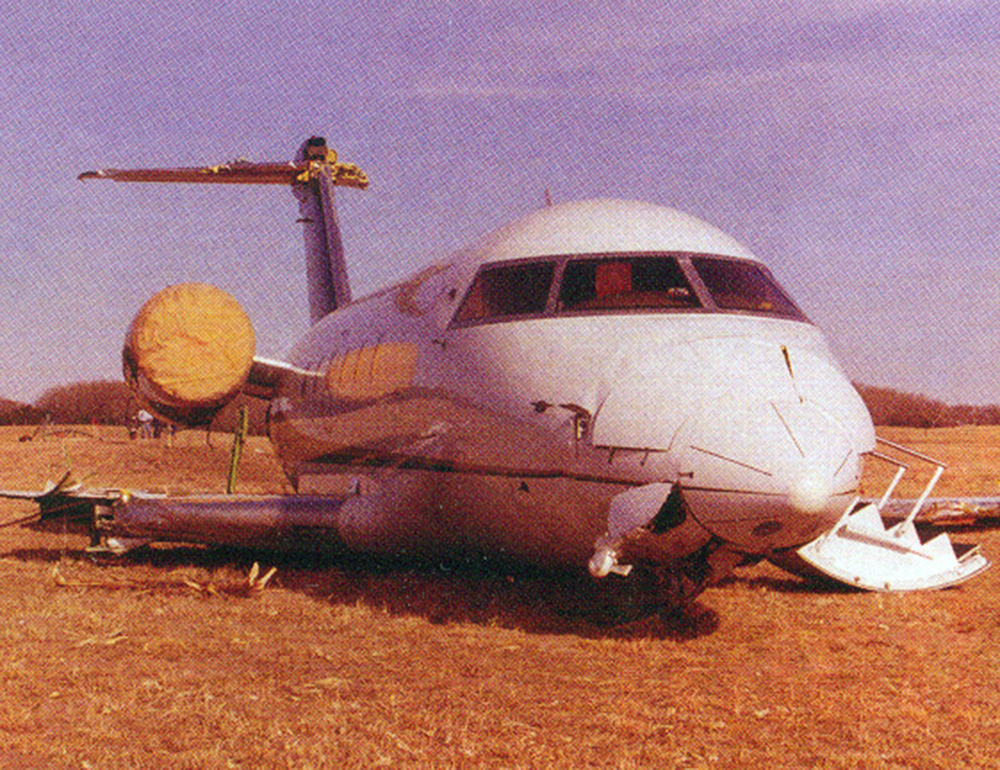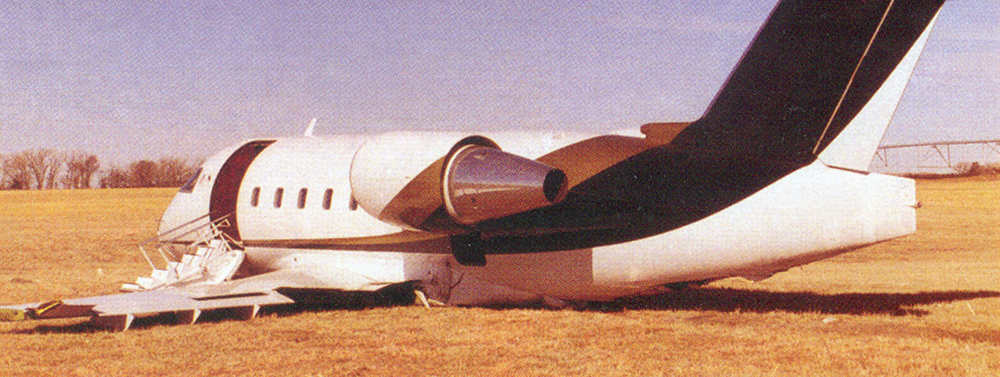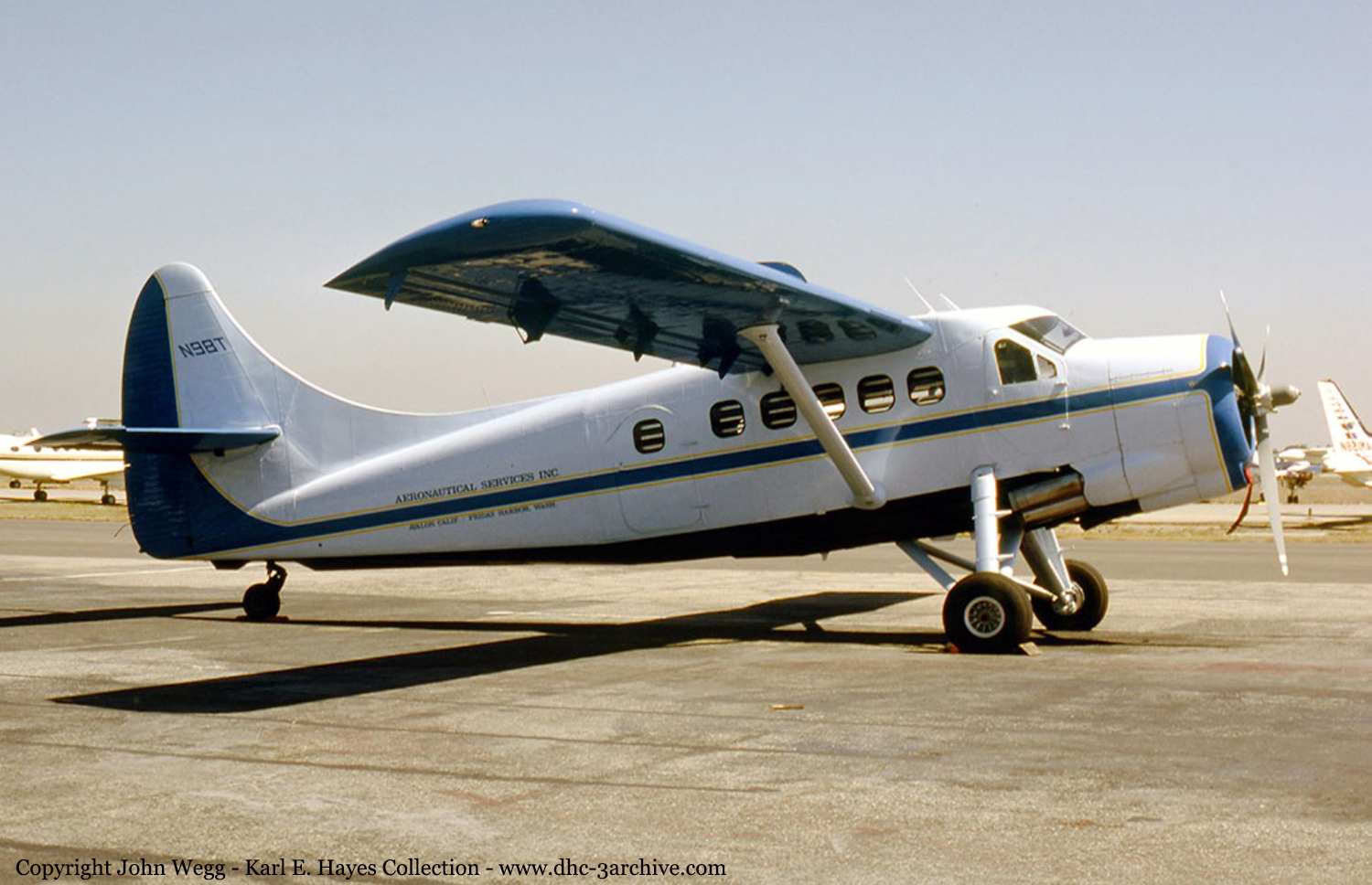Crash of a Convair CV-580 in Espinal
Date & Time:
Apr 8, 1995 at 1630 LT
Registration:
HK-3675
Survivors:
Yes
Schedule:
Espinal - Bogotá
MSN:
214
YOM:
1954
Crew on board:
4
Crew fatalities:
Pax on board:
0
Pax fatalities:
Other fatalities:
Total fatalities:
0
Captain / Total hours on type:
50.00
Copilot / Total hours on type:
8
Aircraft flight hours:
28843
Aircraft flight cycles:
8030
Circumstances:
The aircraft had been stolen in December 1992 and was later found abandoned at Espinal Airfield. SEC Colombia bought it and completed an in-site C1 check before transferring it to Bogotá-El Dorado Airport. While taking off from runway 26 ( gravel strip of 1,010 metres long), the aircraft deviated to the left and failed to lift off. It overran, crossed a road and came to rest 275 metres further, bursting into flames. All four crew members were able to escape and were uninjured while the aircraft was destroyed by fire.
Probable cause:
It was determined that the gravel runway 26 at Espinal Airfield was inappropriate for such type of aircraft. The runway was certified for agricultural aircraft with a maximum takeoff weight of 4,400 pounds while the Convair's takeoff weight was 38,888 pounds. The probable cause of this accident was the decision of the crew to take off from a runway unfit for this flight, finding a lack of performance on the soft surface, which prevented it to reach the VMCA, V1, VR, V2 speeds. The authorization by the company SEC to carry out a takeoff from a runway unfit for the flight was considered as a contributing factor.


